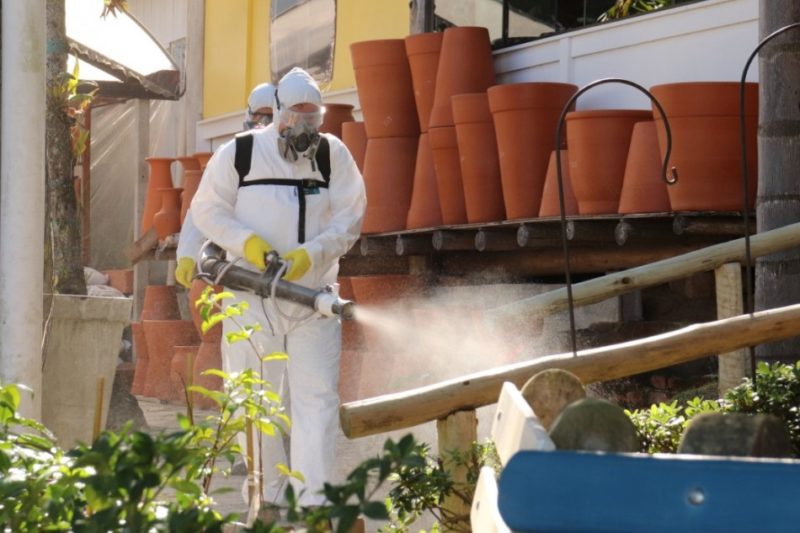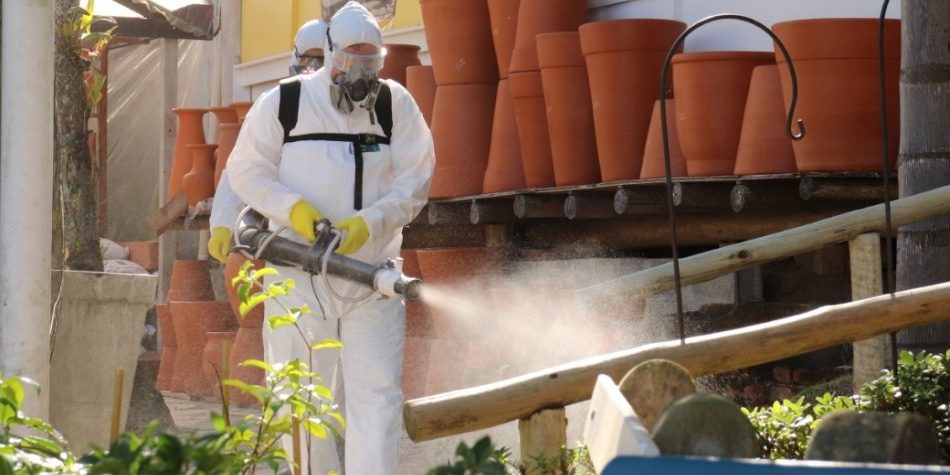The Secretary of State for Health in Chapeco (SC) will establish a Regional Emergency Health Operations Center to intensify measures to combat dengue fever in West, Far West and Midwest municipalities. The area with the highest number of cases of the disease is in Santa Catarina.
 Dengue fever worsens in western South Carolina and emergency center will be established in Chapeco – Photo: Disclosure / Marcelo Martins / Secom Blumenau / ND
Dengue fever worsens in western South Carolina and emergency center will be established in Chapeco – Photo: Disclosure / Marcelo Martins / Secom Blumenau / NDThe intensification of measures in the region includes epidemiological surveillance, assistance for suspected cases, vector control, and risk communication. The structure, which should be installed next week, will be coordinated by the city’s regional health department.
The establishment of the center aims to assess the epidemiological scenario of dengue fever in the municipalities of this region, and direct actions to confront the situation. The venue will integrate the various government agencies and municipalities in the state, allowing for the implementation of measures quickly and in an intersectoral manner now, both for the control of the Aedes aegypti mosquito and for the assistance in cases”, explains Eduardo Macario, Superintendent of Health Surveillance SC.
Dengue fever in SC
Since the beginning of the year, Santa Catarina has recorded a significant increase in dengue cases, especially in the western region. According to the latest epidemiological bulletin issued on Friday (25), 2,657 cases of dengue were recorded in the state, of which 2,122 (80%) are authentic, that is, the infection occurred in Santa Catarina. The West region alone recorded 87.6% of the state’s original cases (1859). The data shows that the number of confirmed cases is doubling every week, which dictates the need to strengthen measures to prevent the disease.
With regard to municipalities, there are 38 local cases registered, and 10 epidemic cases, that is, a transmission rate of more than 300 cases per 100,000 inhabitants. However, the number of municipalities can be up to 14.
Given the current scenario, it is essential that the population understand the risks of maintaining habits that allow the Aedes aegypti mosquito to reproduce.
“In 2022, eight municipalities declared a state of emergency due to the high number of dengue cases: Chapeco, Coronel Fritas, Ita, Maravilla, Palmitos, Rumelandia, Ciara and Zanksiri. Therefore, a joint effort between the government and the population is needed to control Aedes aegypti. Read More As ever, it is essential to check and dispose of places where water can accumulate. This is still the best preventive strategy against disease,” emphasizes Evania Follster, director of zoonosis at DIVE.
Signs and symptoms
The transmission of dengue fever occurs during the bite of a female Aedes aegypti mosquito infected with the virus. After a bite, symptoms can appear between four and ten days.
Usually the first appearance of dengue fever is a rise in temperature (39° to 40° C) from a sudden onset, which lasts from two to seven days, and is accompanied by headache, weakness, body and joints, and pain in the back of the legs. .
Spots are present on the body in 50% of cases, and they can affect the face, trunk, arms and legs. Loss of appetite, nausea, and vomiting may also occur.
When you develop signs and symptoms, you should seek medical attention to avoid worsening of the condition.
diagnose
In order to ensure rapid laboratory tests to confirm the disease, the Central Public Health Laboratory in Santa Catarina has sent equipment to the Chapeco Regional Public Health Laboratory to enhance diagnosis of the disease in the region. Thus, the processing time of samples will be reduced, as you will no longer need to send them to LACEN in the capital.
Join the group and receive the main news
From Chapecó and the region in the palm of your hand.

“Writer. Analyst. Avid travel maven. Devoted twitter guru. Unapologetic pop culture expert. General zombie enthusiast.”


